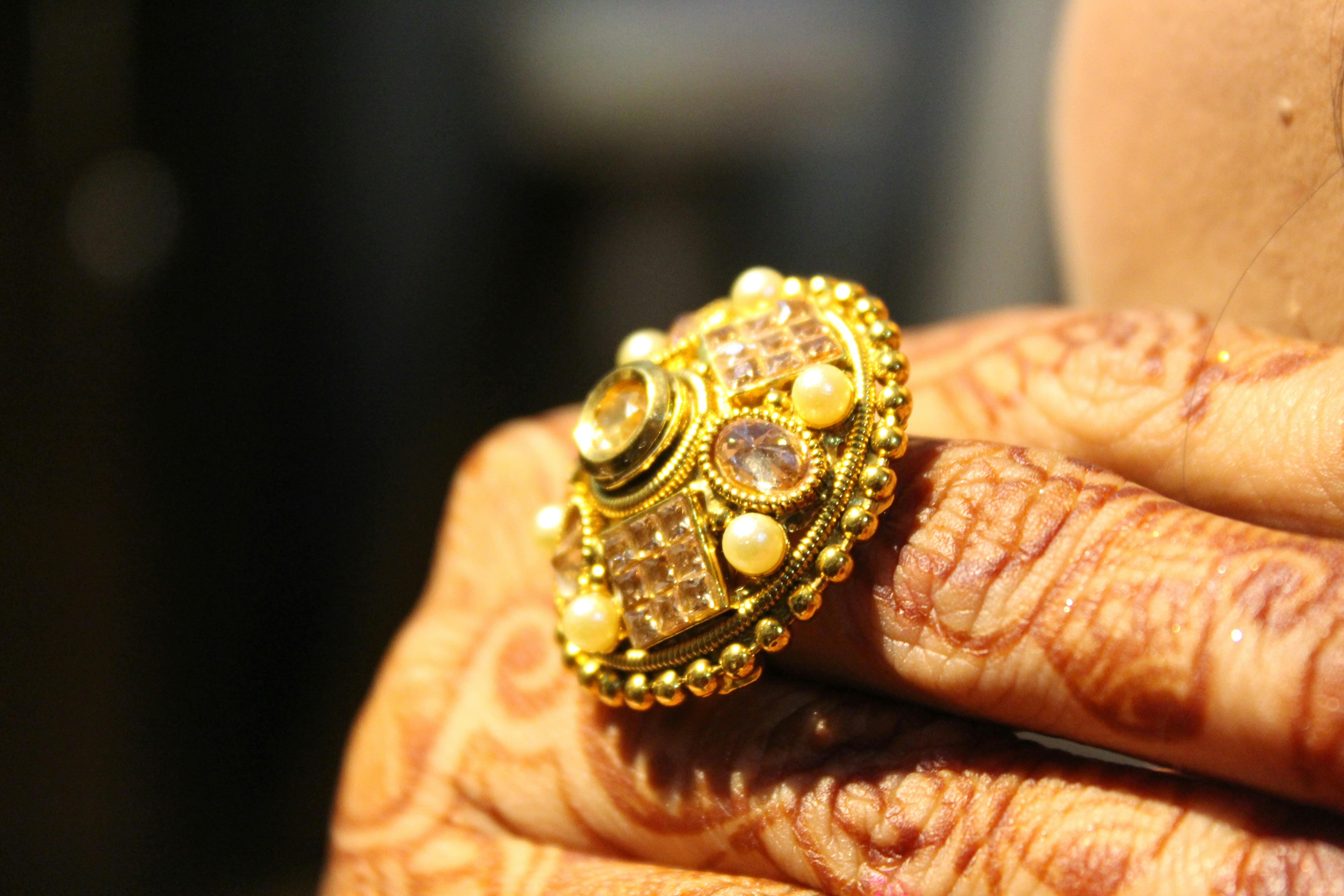Antique Rings: A Journey Through Time and Craftsmanship
Antique rings are timeless pieces of jewelry that offer a fascinating glimpse into the artistic styles and craftsmanship of bygone eras. These exquisite accessories, typically over 100 years old, carry with them stories of romance, history, and cultural significance. From intricate Victorian designs to bold Art Deco statements, antique rings showcase the evolution of jewelry-making techniques and reflect the aesthetic preferences of different historical periods.

How do Victorian-era rings differ from other antique styles?
Victorian-era rings, created during Queen Victoria’s reign from 1837 to 1901, are known for their romantic and sentimental designs. This period saw a surge in jewelry production due to the industrial revolution and the discovery of new gemstone sources. Victorian rings often feature intricate metalwork, such as filigree and engraving, and incorporate symbols of love and nature. Floral motifs, hearts, and serpents (a symbol of eternal love) were popular during this time. The use of materials like rose gold, silver, and colorful gemstones like opals, garnets, and amethysts is characteristic of Victorian jewelry.
What types of gemstones are commonly found in antique rings?
Antique rings showcase a wide variety of gemstones, each with its own historical significance and appeal. While diamonds have long been popular, many antique rings feature colored gemstones that were highly prized in their time. Some common gemstones found in antique rings include:
-
Sapphires: Valued for their rich blue color and durability.
-
Rubies: Symbolizing passion and often used in romantic designs.
-
Emeralds: Prized for their lush green hue and rarity.
-
Opals: Popular in Victorian jewelry for their play of colors.
-
Pearls: Often used in delicate designs, especially during the Edwardian era.
-
Garnets: Favored for their deep red color and affordability.
-
Amethysts: Valued for their purple hue and association with royalty.
These gemstones were often cut differently than modern stones, with old mine cuts and rose cuts being particularly common in antique jewelry.
How can one authenticate and care for an antique ring?
Authenticating an antique ring requires expertise and careful examination. Professional appraisers and gemologists can help verify the age, materials, and craftsmanship of a piece. Key factors in authentication include:
-
Hallmarks and maker’s marks
-
Style and design characteristics of the period
-
Gemstone cutting techniques
-
Metal composition and purity
-
Signs of wear consistent with age
Caring for an antique ring involves gentle handling and proper storage. Regular cleaning with a soft brush and mild soap can help maintain its luster. It’s important to avoid harsh chemicals and ultrasonic cleaners, which can damage delicate settings or porous gemstones. Professional cleaning and inspection by a jeweler experienced in antique pieces is recommended periodically to ensure the ring’s longevity.
What factors influence the value of antique rings?
The value of antique rings is determined by several factors, including:
-
Age and rarity: Older and more unique pieces generally command higher prices.
-
Historical significance: Rings with provenance or ties to notable figures or events can be more valuable.
-
Condition: Well-preserved rings with minimal wear are more desirable.
-
Craftsmanship: Intricate designs and high-quality workmanship increase value.
-
Materials: The type and quality of metals and gemstones used affect pricing.
-
Designer or maker: Rings from renowned jewelers or specific time periods may be more valuable.
| Time Period | Typical Style | Common Materials | Average Price Range |
|---|---|---|---|
| Victorian (1837-1901) | Ornate, romantic | Gold, silver, diamonds, colored gemstones | $1,000 - $5,000 |
| Art Nouveau (1890-1910) | Flowing, nature-inspired | Gold, enamel, pearls, opals | $2,000 - $7,000 |
| Edwardian (1901-1910) | Delicate, lacy | Platinum, diamonds, pearls | $3,000 - $10,000 |
| Art Deco (1920-1935) | Geometric, bold | Platinum, diamonds, colored gemstones | $2,500 - $15,000 |
Prices, rates, or cost estimates mentioned in this article are based on the latest available information but may change over time. Independent research is advised before making financial decisions.
Antique rings offer a unique opportunity to own a piece of history and craftsmanship that stands the test of time. Whether chosen for their historical significance, artistic value, or as a symbol of enduring love, these rings continue to captivate collectors and jewelry enthusiasts alike. As with any significant purchase, potential buyers should research thoroughly and consult experts to ensure they are making an informed decision when investing in these timeless treasures.






